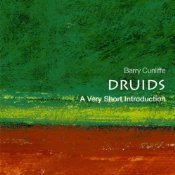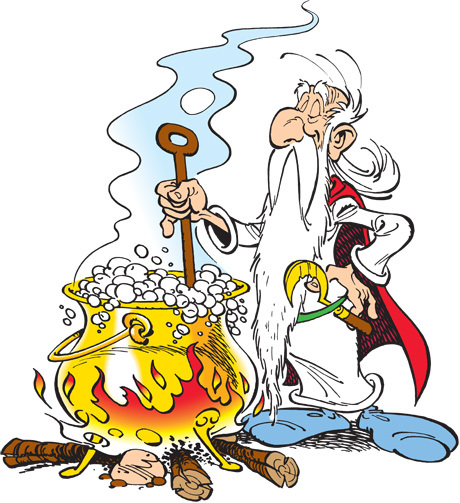What do you think?
Rate this book


145 pages, Kindle Edition
First published May 27, 2010





This book is… not for those who want to know stuff about ‘druids’.

‘In the Posidonian tradition, the Celts and Druids were presented in the comforting, if patronizing, guise of ‘the noble savage’, under the Imperial tradition they had become the enemy who must be destroyed in the name of humanity. The demonization of others to justify aggression is a familiar political ploy.’